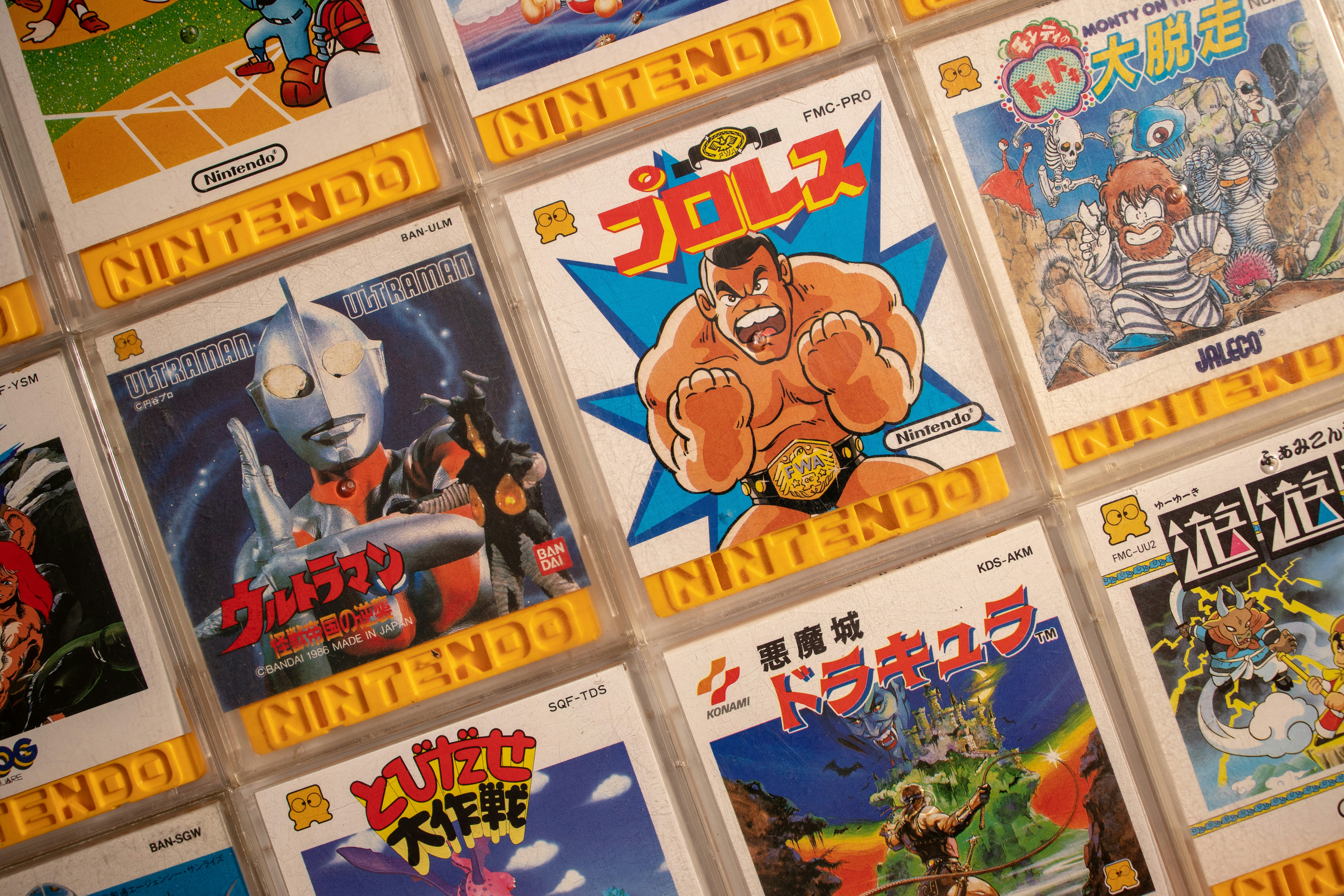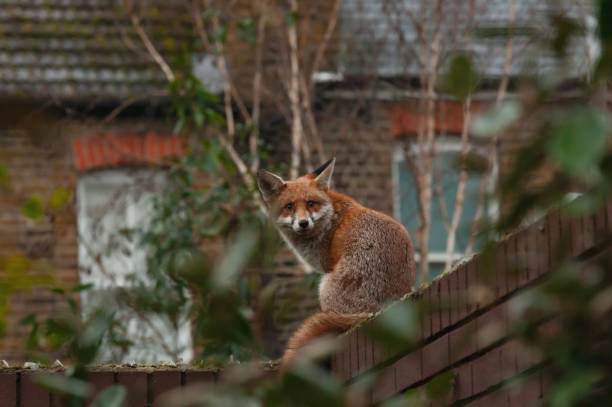Digital Art's Influence on the Contemporary Scene: A New Canvas for Creativity
In an era where technology permeates every aspect of our lives, its impact on the arts and entertainment industry cannot be understated. Digital art, once a peripheral trend, has now taken center stage, creating a seismic shift in how we perceive and interact with art. This article will delve into the roots and evolution of digital art, its current relevance, and its profound influence on the contemporary art scene.

The Genesis of Digital Art
Digital art traces its roots back to the 1960s, coinciding with the advent of the digital computer. Early pioneers began to harness the potential of computer algorithms and software to create visual representations. Over the decades, as technology evolved, so did digital art. It moved from simple pixelated images to complex, immersive virtual reality experiences, transforming the landscape of artistic expression.
Digital Art Today: A New Wave of Creativity
In the 21st century, digital art has become a dominant force in the global art scene. Fuelled by advancements in technology, artists are able to create works that transcend traditional boundaries, blurring the lines between reality and fantasy. This vibrant art form is continually evolving, with artists experimenting with various mediums from digital painting and 3D modelling to augmented reality and interactive installations.
The NFT Craze and Digital Art
The recent explosion of Non-Fungible Tokens (NFTs) has propelled digital art into the spotlight. These digital assets, which use blockchain technology to authenticate and verify ownership, have created a lucrative market for digital art. The record-breaking sale of digital artist Beeple’s artwork for $69 million at Christie’s auction house marks a watershed moment in the recognition and valuation of digital art.
Impact on Traditional Art Forms and Institutions
Digital art’s emergence has stirred a debate within the art world. Traditionalists argue that it threatens the sanctity of tactile, physical art, while proponents see it as a natural progression in a digital age. Notably, venerable institutions like the Museum of Modern Art and the Tate Modern have embraced digital art, hosting exhibitions and acquiring pieces for their collections, signaling a shift in the cultural acceptance of this art form.
The Future of Digital Art: An Uncharted Territory
The future of digital art looks promising. As technology continues to evolve, it will undoubtedly offer artists new tools and platforms to express their creativity. Moreover, the acceptance and commercialization of digital art through NFTs suggest a future where digital art continues to gain legitimacy and recognition.
In conclusion, digital art is no longer a fringe trend but a major player in the arts and entertainment industry. Its transformative potential continues to redefine the boundaries of artistic expression, inviting us to rethink the binaries of traditional and contemporary, physical and virtual, and art and technology. As we navigate this brave new world of digital art, one thing is clear: the canvas of creativity has expanded, and this is just the beginning.




